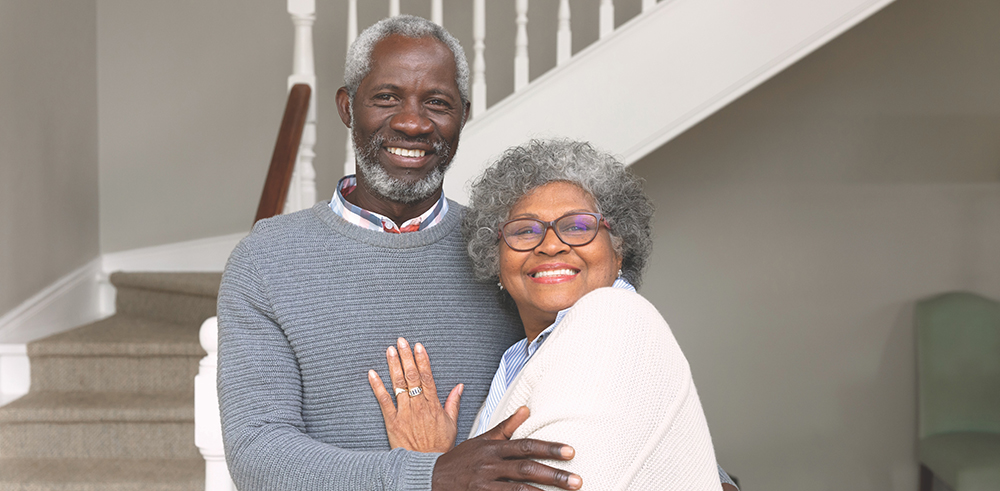As you age, your risk for falling naturally increases — falls are so common in fact, that according to the National Institute on Aging (NIA), more than one in four adults 65 years or older fall each year. Falls can leave a big impact on your health, which is why it is important you understand your risks and take steps to stay standing.
Understanding risks
There are several reasons why seniors are more prone to falling and getting hurt. Age-related muscle mass loss — also known as sarcopenia — can leave older adults with weakness and fatigue, and therefore balance issues. Because both muscle mass and bone mass decrease as you age, even a small slip can lead to serious bone fractures and head trauma. Other conditions like heart disease, diabetes, dementia and Alzheimer’s may also lead to an increased chance of falling.
Improving bone health
While your bone density gradually decreases as you age, people with osteoporosis are at a higher risk of falls. Osteoporosis is a common chronic disease that causes loss of bone mass, and the disease is common in older adults, postmenopausal women, and in those with autoimmune disorders. Bones are weakened because of the disease, so those who have osteoporosis are more likely to suffer a bone break after a fall.
There are several steps you can take to boost your bone health and prevent osteoporosis.
According to the Bone Health and Osteoporosis Foundation (BHOF), nutrition is key to keeping your bones healthy. Eating a well-balanced diet full of vitamin D and calcium that incorporates fruits and vegetables can strengthen bones. Other healthy behaviors like getting regular weight- bearing and muscle strengthening exercise and decreasing alcohol intake can also prevent osteoporosis.
Fall prevention tips
The good news is there are many ways you can prevent falling. To do so, the Mayo Clinic recommends:
Add more light — The more you’re able to see, the easier it will be to identify potential hazards. Consider placing night lights and brighter ceiling lights throughout your home.
Fall-proof your home — Several ways you can fall-proof your home include removing electrical cords, storing items in easy to reach places, and removing loose rugs or any other large hazards. Adding grab bars in your bathroom and railings on stairs can also help keep you steady.
Wear the right shoes and clothes — Before you leave your home, put on clothes that are appropriate for the current season. Choose a pair of shoes that provide support, and during the winter, boots that have good grip.
Take your time — Slow down your walking by taking small steps. Walking side to side in icy conditions can help you maintain balance. Also consider using a cane, walker or available handrails while outside.
Avoid the ice — During the cold Minnesota winters, stay home on days that are especially snowy or icy if possible.
Access your medication — During the cold Minnesota winters, stay home on days that are especially snowy or icy if possible.
If you are concerned about falls, you should speak with your primary care provider, as they can determine if your medications or health conditions could increase your risk.
Did you know?
![]() Three million older adults are treated in emergency departments each year due to falls. SOURCE: CENTERS FOR DISEASE CONTROL AND PREVENTION
Three million older adults are treated in emergency departments each year due to falls. SOURCE: CENTERS FOR DISEASE CONTROL AND PREVENTION



